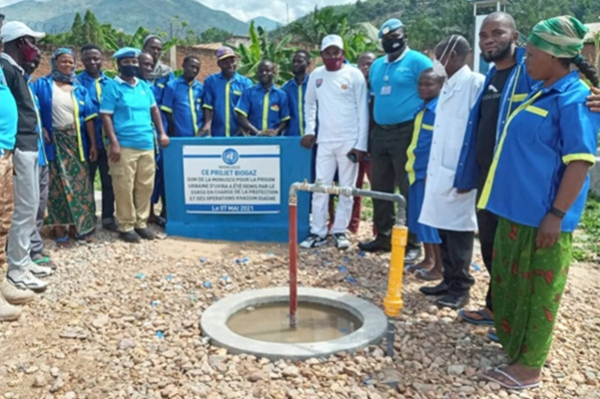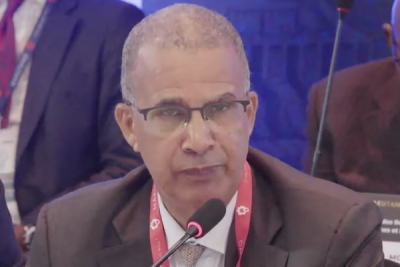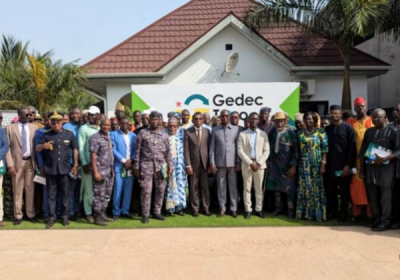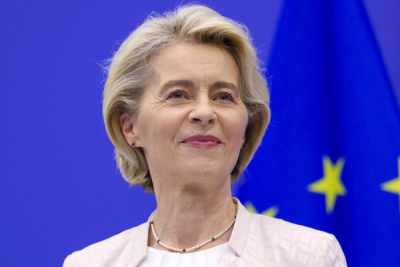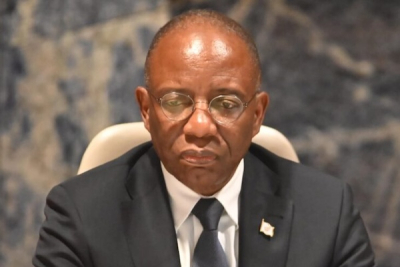The Democratic Republic of Congo (DRC) aims to produce 1.54 billion normo cubic meters (Nm³) of biogas per year by 2030, according to the 2024 annual report of the ANSER, the National Agency for Rural Electrification. Biogas, produced by methanization-the decomposition of organic matter in the absence of oxygen-offers a clean cooking energy alternative.
To reach this goal, the Integrated Biogas Program (PIB) was refined in 2024 to structure the biogas market. The ANSER, responsible for the industrial component, plans to attract public and private investment, facilitate financing, secure land and raw materials, establish distribution, and raise awareness about biogas use.
Since 2023, the ANSER has been in discussions with the United Nations Capital Development Fund (UNCDF) and the United Nations Development Programme (UNDP) to develop financing mechanisms such as credit, subsidies, and guarantees for the program and private sector participants.
To mitigate risks of land disputes and costs, methanization units are planned within the Maluku Special Economic Zone (ZES), 60 km from Kinshasa, with ANSER engaging the ZES agency on this matter.
Raw material supply is secured through partnerships with Kinshasa-based companies like Bralima, Bracongo, and Midema, which have agreed in principle to provide organic waste from industrial processes. Altech has also expressed interest in investing in a biogas filling center and retail distribution to facilitate access.
The ANSER plans to demonstrate the project’s viability by launching a pilot biogas plant with a 10,000 m³ monthly capacity by August 2025 in the Maluku SEZ.
Additionally, the UNDP leads a domestic biogas initiative aiming to equip 500,000 rural and urban households with biodigesters for cooking and lighting.
Aligned with its Energy Compact, the DRC targets a 30% adoption rate of clean cooking technologies by 2030, reducing dependence on solid fuels still used by over 95% of households. This would benefit approximately 40 million people with alternative cooking solutions.
This article was initially published in French by Pierre Mukoko and Boaz Kabeya (intern)
Edited in English by Ola Schad Akinocho






